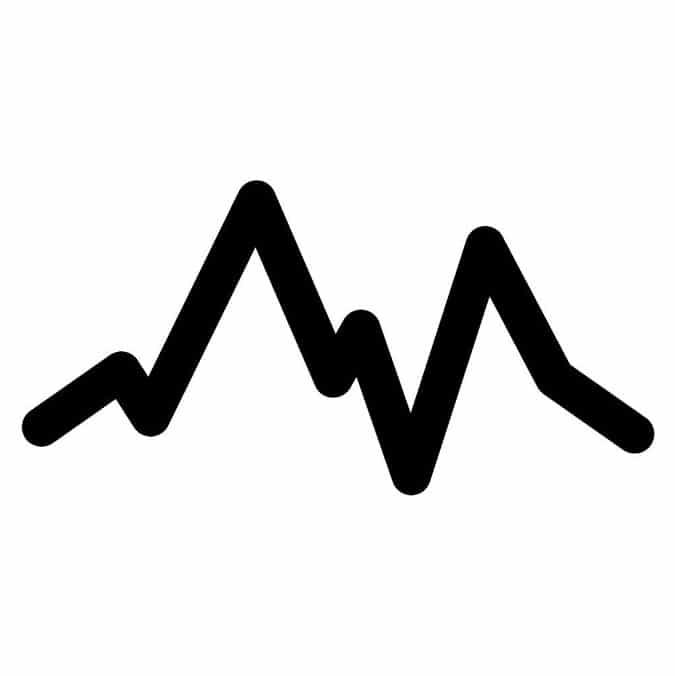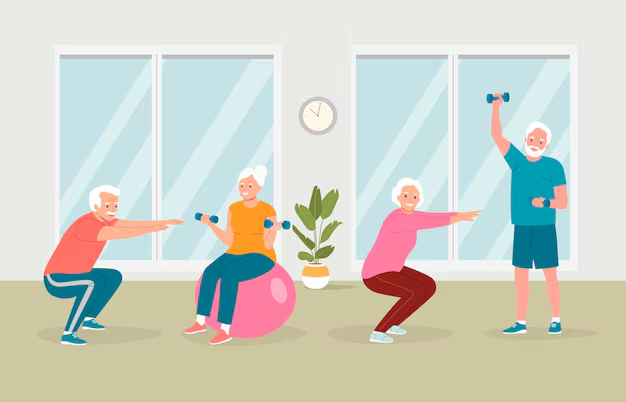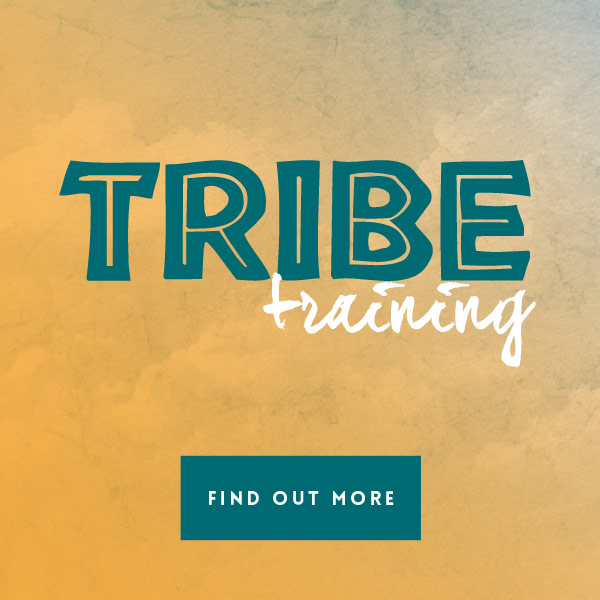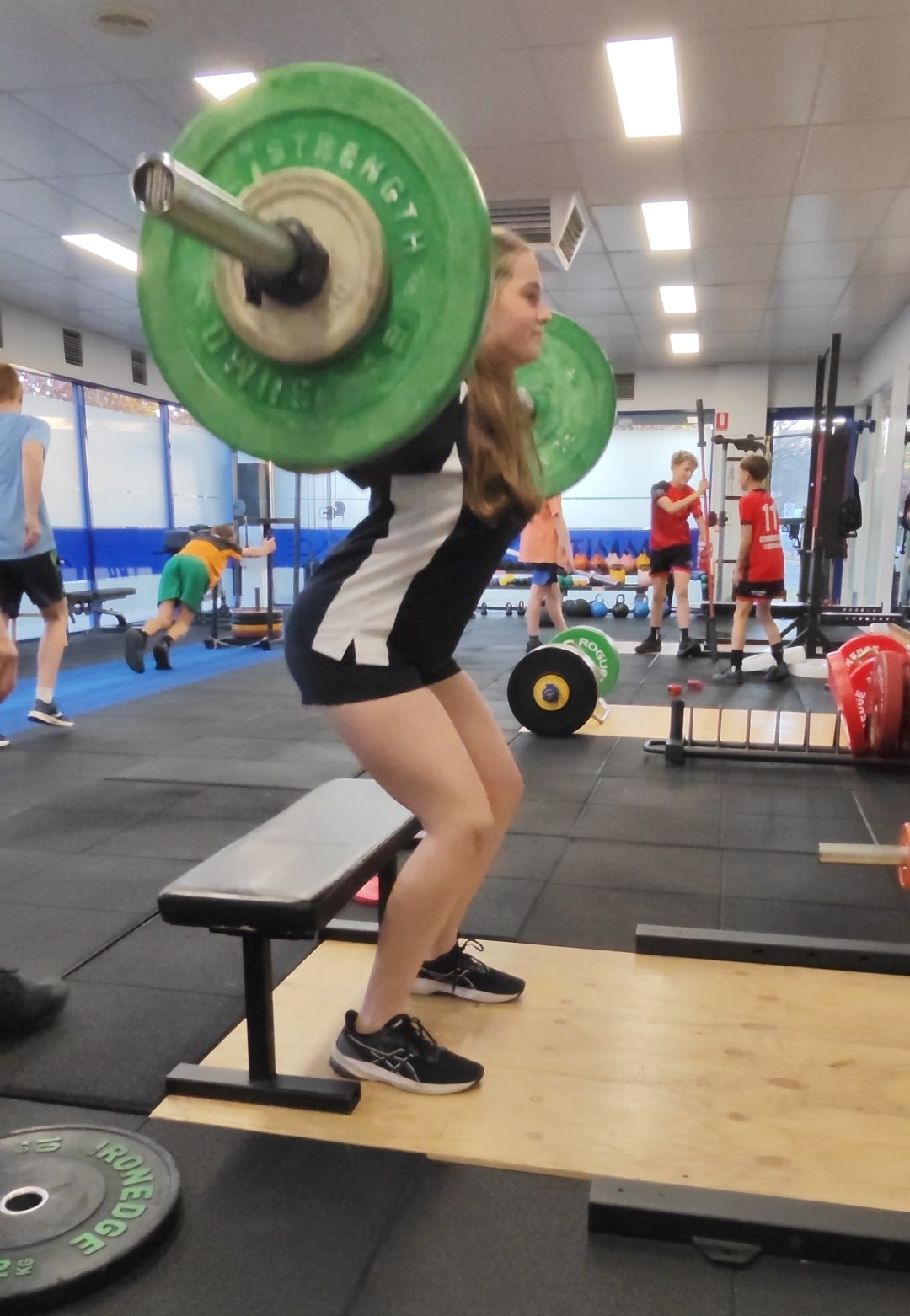The back squat as a foundational exercise for developing strength, power, and muscle mass. It engages multiple muscle groups, including the quadriceps, hamstrings, glutes, lower back, and core. The squat is also a functional movement, mimicking many everyday activities and athletic movements.
Anatomy and Biomechanics
Muscles Worked: Quadriceps, hamstrings, glutes, adductors, lower back, and core muscles.
Joint Involvement: Hips, knees, and ankles.
Movement Patterns: Proper squatting involves hip flexion and extension, knee flexion and extension, and ankle dorsiflexion and plantarflexion.
Proper Form and Technique
Stance: Feet should be shoulder-width apart with toes pointed slightly outward. This position allows for optimal balance and engagement of the muscles.
Grip: Hands should be placed just outside the shoulders on the barbell, with the wrists straight and elbows pointed back. The bar should rest on the trapezius muscles, not the neck.
Bar Placement: The bar should sit across the rear deltoids at the base of the traps in what is commonly referred to as the low-bar position. This position lowers the centre of gravity and allows for a more effective hip drive.
Descent: Initiate the movement by pushing the hips back and bending the knees simultaneously. The knees should track over the toes, and the chest should remain up with the back in a neutral position.
Depth: Squat down until the hip crease is below the top of the knees. This full range of motion ensures maximum muscle activation and strength development.
Ascent: Drive upward by pushing through the mid-foot, leading with the hips. Maintain a strong, neutral spine and keep the chest up throughout the movement.
Common Errors and Corrections
Knees Caving In: This often indicates weak hip abductors. To correct this, focus on driving the knees out during the squat.
Heels Lifting Off the Ground: This can be due to poor ankle mobility or improper weight distribution. Ensure the weight is evenly distributed across the entire foot.
Forward Leaning: Excessive forward lean can result from weak core or lower back muscles. Strengthening these areas and maintaining a tight core can help correct this issue.
Bar Path: The bar should travel in a straight line over the mid-foot. Any deviation can lead to inefficiency and potential injury.
Safety and Spotting
Spotters: When lifting heavy, having spotters is crucial. Spotters should stand at either end of the bar, ready to assist if the lifter struggles.
Equipment: Using a power rack or squat rack is recommended. The safety pins should be set at a height just below the bottom of the squat to catch the bar if the lifter fails a rep.
Warm-Up: Proper warm-up sets are essential to prepare the muscles and joints for heavy lifting. Start with an empty bar and gradually increase the weight.
Individual Differences and Adjustments
Individual anthropometry (body proportions) can affect squat mechanics. Lifters to adjust stance, grip, and bar position to suit body type while maintaining the core principles of the squat.
Benefits of Back Squats
The benefits of incorporating back squats into a training regimen are manifold:
Strength and Power: Squats build foundational strength that translates to other lifts and athletic movements.
Muscle Mass: Engaging large muscle groups stimulates hypertrophy, leading to increased muscle size.
Functional Fitness: Squats improve balance, coordination, and mobility, making everyday activities easier.
Injury Prevention: Strengthening the muscles around the hips, knees, and lower back can help prevent injuries.




